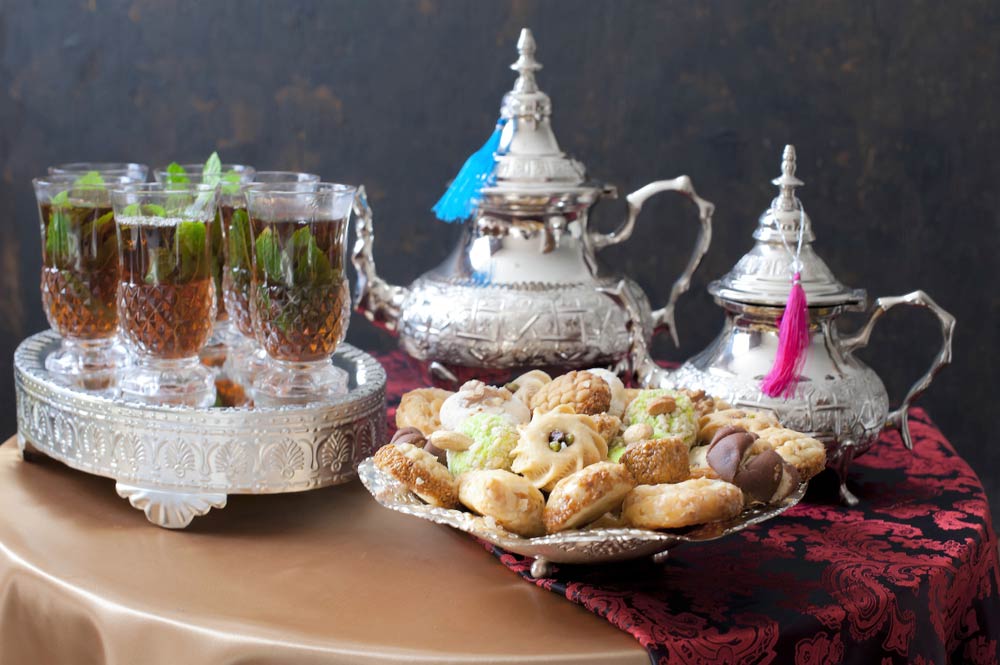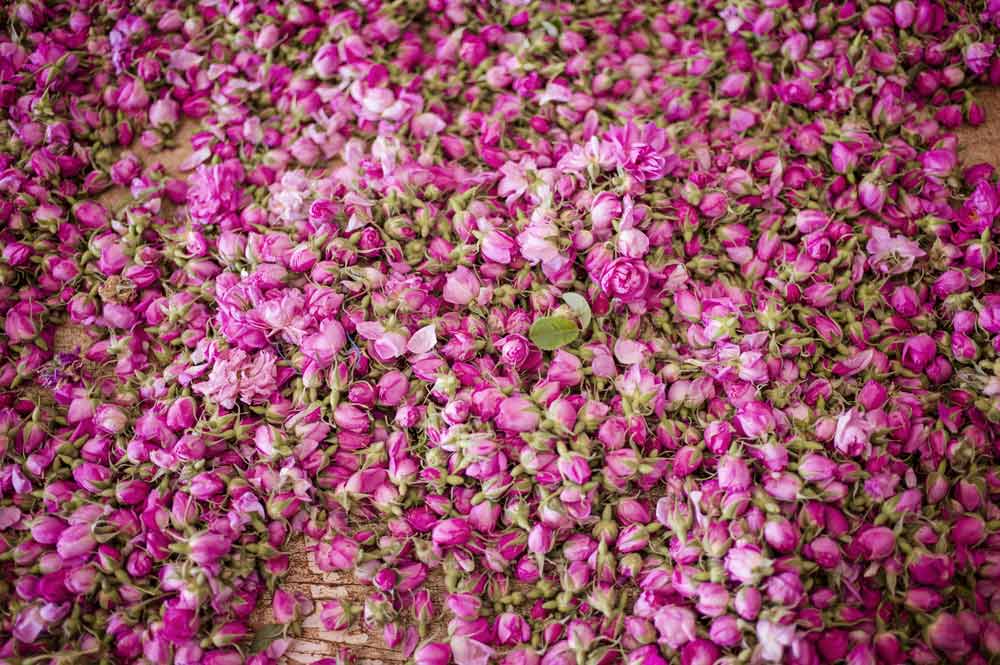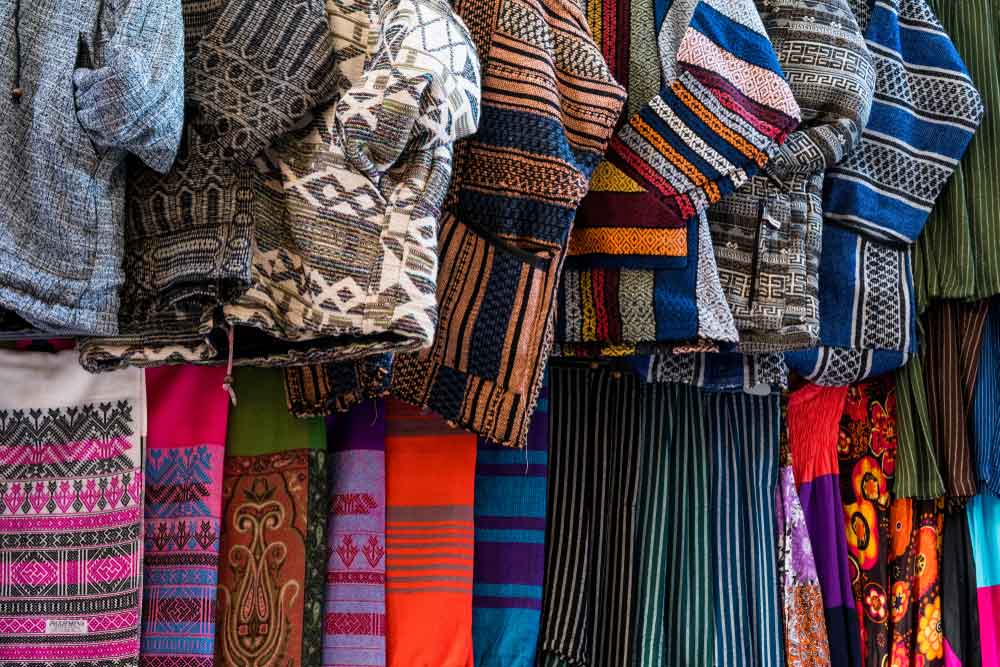Morocco is a land of rich culture and history. Nestled in North Africa, it blends Arab, Berber, and European influences. These influences have shaped its unique traditions and customs. Moroccan culture is vibrant and colorful. It is full of music, art, and festivals.
Morocco’s history dates back thousands of years. It has seen the rise and fall of many dynasties. Each has left its mark on the culture. The Phoenicians, Romans, and Moors all contributed to its diverse heritage. This long history is reflected in the country’s customs and traditions.
Islam plays a significant role in Moroccan culture. It influences daily life, from prayers to festivals. The call to prayer echoes through the streets five times a day. Geography also shapes Morocco’s culture. Each region has unique customs, from the Sahara Desert to the Atlas Mountains. Coastal areas have different traditions compared to the inland.
Moroccan culture is a mosaic of ancient practices and modern influences. Understanding these traditions gives us a glimpse into the soul of Morocco.
Traditional Moroccan Customs

Tea Ceremony
The Moroccan tea ceremony is a treasured tradition. Green tea is brewed with fresh mint and lots of sugar. This tea is more than a drink; it symbolizes hospitality and friendship. When guests arrive, serving tea shows respect and welcome. The tea is poured from a height to create bubbles, which are considered a mark of good etiquette. The ceremony is often a slow and deliberate process, reflecting the importance of the occasion.
While traditional tea ceremonies remain popular, modern adaptations have emerged. Some people now use flavors like verbena or orange blossom in their tea. In urban areas, you might find cafes serving tea in stylish cups, sometimes with a twist like iced versions. Despite these changes, the heart of the ceremony—hospitality and sharing—stays the same.
Hospitality and Social Etiquette
Hospitality is a cornerstone of Moroccan culture. Moroccans are renowned for their generosity and kindness. Inviting someone for a meal or tea is a common way to show respect and build friendships. The idea of “guest is king” is deeply rooted in their social fabric. Sharing food and drinks is seen as a way to create bonds and foster community spirit.
When visiting a Moroccan home, you are likely to be offered tea and sweets as a gesture of welcome. Hosts often prepare elaborate meals for their guests, featuring traditional dishes like couscous or tagine. These meals are not only delicious but also symbolize the host’s generosity and desire to make the guest feel honored. A typical story might involve a guest arriving unannounced and the host immediately set about preparing a feast to ensure their guest feels respected and valued.
Moroccan Traditional Practices

Henna Art
Henna art, also known as mehndi, has been a traditional practice in Morocco for centuries. It involves creating intricate designs on the skin using a paste made from the henna plant. This art form is particularly common during celebrations such as weddings, where brides have their hands and feet adorned with beautiful patterns. Historically, henna was believed to bring good fortune and protect against evil spirits.
Today, henna is still widely used in Morocco. Brides continue to have their hands and feet decorated with henna designs before their wedding day, a practice thought to bring happiness and luck. Henna has also gained popularity among tourists who enjoy getting temporary tattoos. The designs can range from simple floral patterns to more complex geometric shapes, reflecting both traditional and contemporary influences.
Moroccan Cuisine
Moroccan cuisine is known for its rich flavors and aromatic spices. Popular dishes include couscous, which is steamed semolina served with vegetables and meat, and tagine, a slow-cooked stew made in a distinctive clay pot. Harira, a hearty soup made with lentils, tomatoes, and chickpeas, is commonly eaten during Ramadan. Another favorite is pastilla, a sweet and savory pie made with layers of thin pastry, pigeon meat, almonds, and cinnamon.
Food plays a vital role in Moroccan culture. Meals are often a communal affair, bringing family and friends together. The sharing of food is seen as a way to build community and strengthen bonds. Traditional dishes are often prepared using recipes passed down through generations, preserving cultural heritage and culinary traditions. The use of spices like cumin, saffron, and cinnamon reflects the historical trade routes that passed through Morocco, bringing a variety of flavors to the region.
Major Festivals in Morocco

Eid Celebrations
Eid is one of the most important festivals in Morocco, marking the end of Ramadan, the holy month of fasting. There are two main Eid celebrations: Eid al-Fitr and Eid al-Adha. Eid al-Fitr is celebrated with special prayers, feasts, and acts of charity. Families gather to enjoy festive meals and exchange gifts. Eid al-Adha, also known as the Festival of Sacrifice, commemorates the willingness of Prophet Ibrahim to sacrifice his son. It involves the ritual slaughter of animals, with the meat shared among family, friends, and the less fortunate.
Eid celebrations are a time of joy and community. Mosques are filled with people offering prayers, and the streets are decorated with lights and banners. It’s common for people to visit relatives and friends, exchanging greetings and sweets. Special meals are prepared, and families come together to celebrate. The sense of community is strong, with everyone participating in the festivities, from sharing food to helping those in need.
The Rose Festival
The Rose Festival takes place in the town of El Kelaa M’gouna in the Dades Valley, which is known for its rose cultivation. This festival celebrates the annual harvest of roses, which are used to make rose water, perfumes, and other products. The tradition of celebrating the rose harvest dates back several decades and has become a major event in the region, attracting visitors from all over the world.
During the Rose Festival, the town is alive with music, dance, and parades. Floats decorated with roses and traditional costumes add to the festive atmosphere. There are beauty contests, where local women compete for the title of “Miss Rose,” and markets selling rose products. The festival is a vibrant celebration of the beauty of nature and the cultural heritage of the region. It also provides an opportunity for the community to showcase their traditions and hospitality to visitors.
Additional Cultural Elements

Traditional Moroccan clothing is both beautiful and functional. The djellaba is a long, loose robe worn by both men and women, often made from wool or cotton. It has a hood and can be plain or decorated with embroidery. The kaftan is another popular garment, usually worn by women at special events like weddings. Made from luxurious fabrics, kaftans are often richly embroidered and adorned with sequins or beads. These traditional clothes reflect Morocco’s rich cultural heritage and are often worn with pride during festivals and celebrations.
Moroccan music and dance are diverse and vibrant. Gnawa music, originating from the south, features rhythmic beats and spiritual songs. It’s often accompanied by acrobatic dancing and is used in healing ceremonies. Chaabi music, known as the music of the people, is popular at weddings and celebrations. It has an upbeat tempo and is easy to dance to. Another important genre is Andalusian music, which has roots in medieval Spain and is characterized by its classical and refined style. Dance is an integral part of these musical traditions, with each region having its unique styles and movements.
Folklore and storytelling play a significant role in Moroccan culture. Stories are passed down from generation to generation, often teaching moral lessons or explaining natural phenomena. These tales are told by skilled storytellers known as “hakawatis,” who are respected members of the community. Popular stories include those of Aisha Kandisha, a mythical figure believed to be a protector of women, and the trickster hare, who uses his wits to outsmart larger animals. Storytelling sessions are often held in public squares, where people gather to listen and be entertained.
The Significance of Preserving Moroccan Traditions

Preserving traditions helps maintain Morocco’s cultural identity. These customs and practices connect people to their history and ancestors. They foster a sense of pride and belonging, reinforcing the values and beliefs that define the community. Through festivals, food, and art, Moroccans express their unique heritage, ensuring it is passed down to future generations.
As the world changes, some traditions may evolve or fade. However, many Moroccans are committed to preserving their cultural heritage. Efforts are being made to keep traditions alive, such as teaching younger generations about traditional practices and incorporating them into modern life. Cultural festivals and educational programs play a crucial role in this preservation. By maintaining these traditions, Moroccans honor their past and ensure that their rich cultural tapestry continues to thrive.
Conclusion
Moroccan culture is rich and diverse, with traditions that span centuries. From tea ceremonies to vibrant festivals, each custom holds deep meaning and significance. These traditions bring people together, celebrating Morocco’s heritage and fostering a strong sense of community.
It is essential to preserve these traditions. They are a link to the past and a guide for the future. By keeping these practices alive, Moroccans honor their ancestors and inspire future generations to take pride in their heritage.
There is much more to explore about Moroccan culture. Visit Morocco to experience its traditions firsthand. Discover the beauty and richness of this vibrant culture. Engage with local customs, taste the traditional dishes, and immerse yourself in the music and stories that make Morocco unique.
